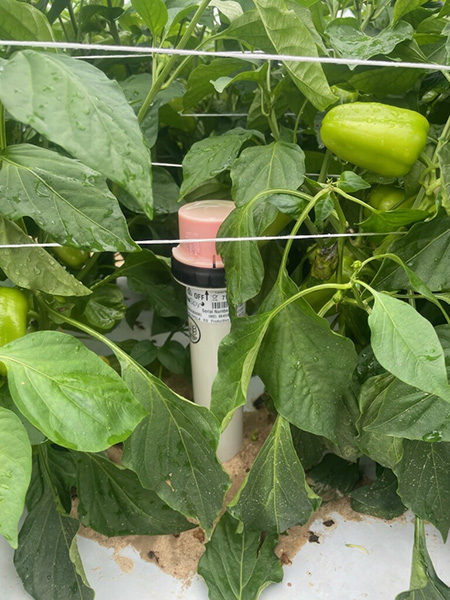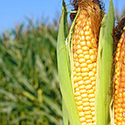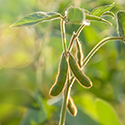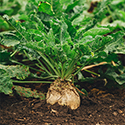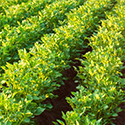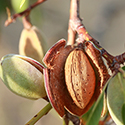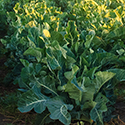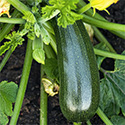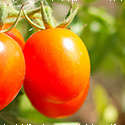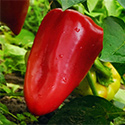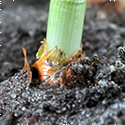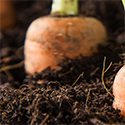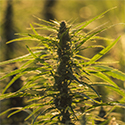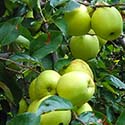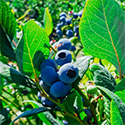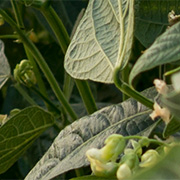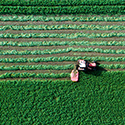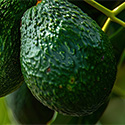Better Pepper Farming Strategies
- The pepper family includes sweet peppers and hot peppers.
- Since bell peppers have seeds and come from flowering plants, they are actually fruits, not vegetables.
- In 2017, the average consumption of the fresh bell pepper was 11.4 pounds per person, and the average consumption of the chile pepper was 7.7 pounds per person.
- Typically, green bell peppers stay fresh longer than red and yellow bell peppers.
- The bell pepper has the highest levels of vitamin C of any produce item at 117 milligrams per cup – twice that found in a typical orange. Red peppers have twice the vitamin C content of green peppers.
- Bell and chile peppers are members of the nightshade family, which also include tomatoes, potatoes and eggplant. They are unrelated to the spice pepper plant that produces ground black pepper seasoning.
- The United States ranks fifth in the global production of peppers. Florida ranks second nationally in bell pepper production.
Commercial farming of peppers
- Farmers typically plant 10,000 to 14,000 plants per acre in double rows 14 to 18 inches apart.
- Mix compost or organic matter into the soil when planting.
- Peppers grow best in a soil with a pH between 6.2 and 7.0.
- Roots are generally shallow extending 8” to 12”.
- Peppers are warm-season crops that grow best at temperatures of 70 to 85 degrees Fahrenheit during the day and 60 to 70 degrees Fahrenheit at night.
- Peppers mature in 60 to 95 days, depending on the variety.
- Irrigation is most important right after seeding or transplanting.
- The stage of ripeness of peppers determines their color and sweetness.
- Most bell peppers are hand-harvested two to three times during the growing season.
- An average pepper yield is 18.3 tons per acre.
The pepper farming market
In 2018, global pepper market revenue stood at $4.1 billion, reflecting the total revenue of producers and importers. In 2019, global chili and green bell pepper production stood at 38.03 million metric tons. The global average pepper yield in 2018 amounted to 1.3 tonne per ha, surging 4.8% from the previous year.
In 2018, global exports of peppers stood at 392K tonnes and $2 billion and global imports were at 414K tonnes and $2.1 billion.
The pepper market is expected to continue an upward consumption trend through 2025, projecting a market volume of 840K tonnes by the end of 2025.
Growing peppers problems & solutions
Cooler weather and soil temperatures can negatively impact bell pepper farming the most. Peppers like warm locations through their entire growing period, as well as raised beds of well-drained soil. Sowing seeds in a warm bed where air temperatures will remain consistently warm until harvest is best. This equates to soil temperatures of at least 65 degrees Fahrenheit and nighttime air temperatures that remain above 50 degrees Fahrenheit.
If you have plants with good foliage but there is a lack of fruit, your soil may be nitrogen rich but lack phosphorus. Adding compost to the planting bed before planting can help.
Keep peppers evenly moist. You don’t want to overwater, especially as peppers ripen or you won’t enhance their flavor.
Nitrogen Use Efficiency for Peppers
The range for peppers NUE is approx. 65 to 78%, meaning that on the average over 30% of the applied nitrogen is lost to leaching, denitrification, volatilization, or immobilization (conversion to organic matter). The accepted optimum distribution of nitrogen fertilizer 200 kgs./ha.
How can the nitrogen use efficiency be improved?
- Maintain irrigation for 100% replacement of crop evapotranspiration (ETc)
- Moderate and monitor nitrate concentration, as too much fertilizer at optimum moisture can impact yield and marketable product
- Effects of water deficit can be exacerbated by excess nitrate.
Contact AquaSpy
AquaSpy Crophesy for Peppers
With a Crophesy annual subscription, you receive a free simple, three-sensor, wireless, soil moisture probe. Place these rugged, water-tight probes throughout your pepper field and connect them to the app via your smartphone.
Then you can instantly monitor soil and crop health for all of your peppers. And if you want to test the soil in other areas, you can quickly and easily move the moisture probe, which is battery-powered and provides season-long insight.
While you can look at the visual analysis of leaves, spending hours in your field, Crophesy enables you to open your app from anywhere and show you what kind of nourishment is available in your soil at your pepper crop root depth. With this data, you can determine when the active root zone needs vital nutrients.
In addition to nutrient data, the Crophesy app can show you:
- Moisture consumption at the root level
- Salinity level in the active root zone
- Root depth
- Soil temperature near the sensors
- Irrigation depth
And it tells you all this without you having to step foot in your pepper field.
Tune irrigation practices for peppers with Crophesy below-ground sensors
